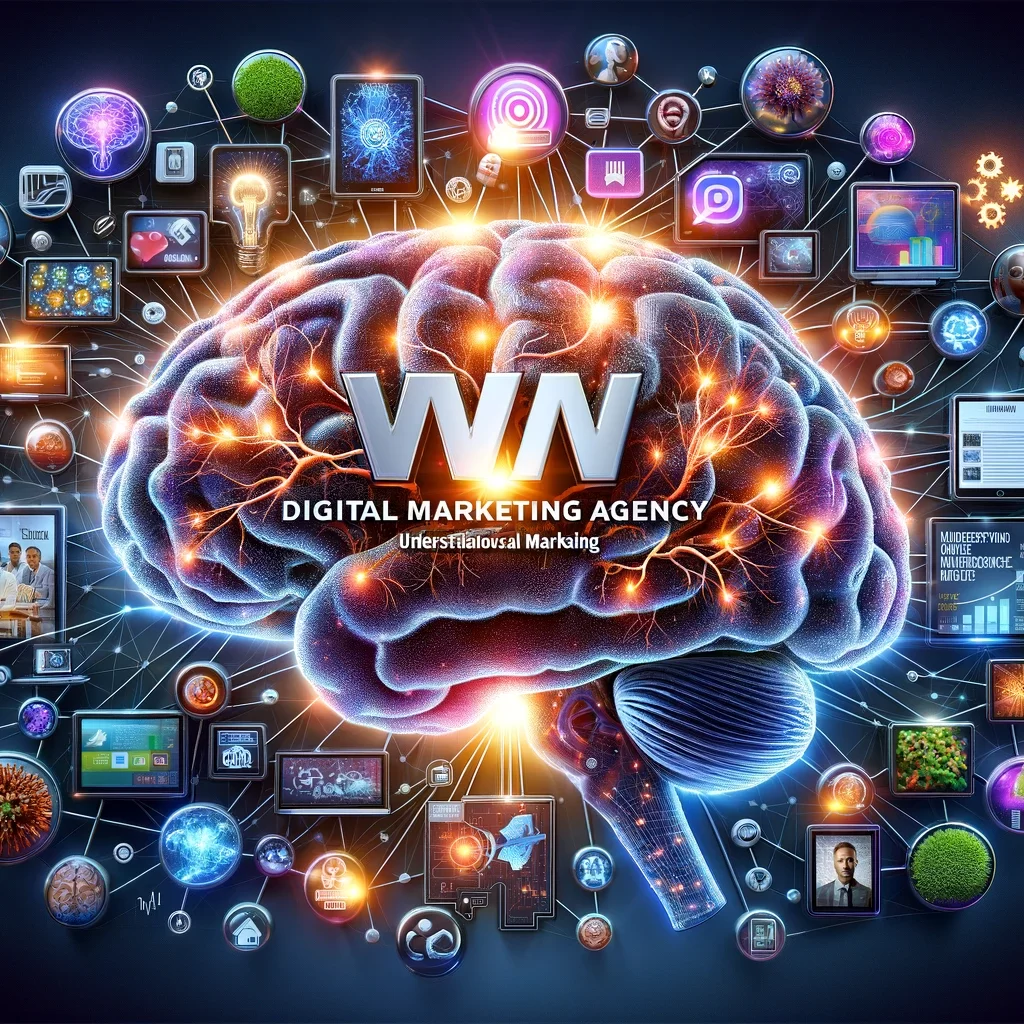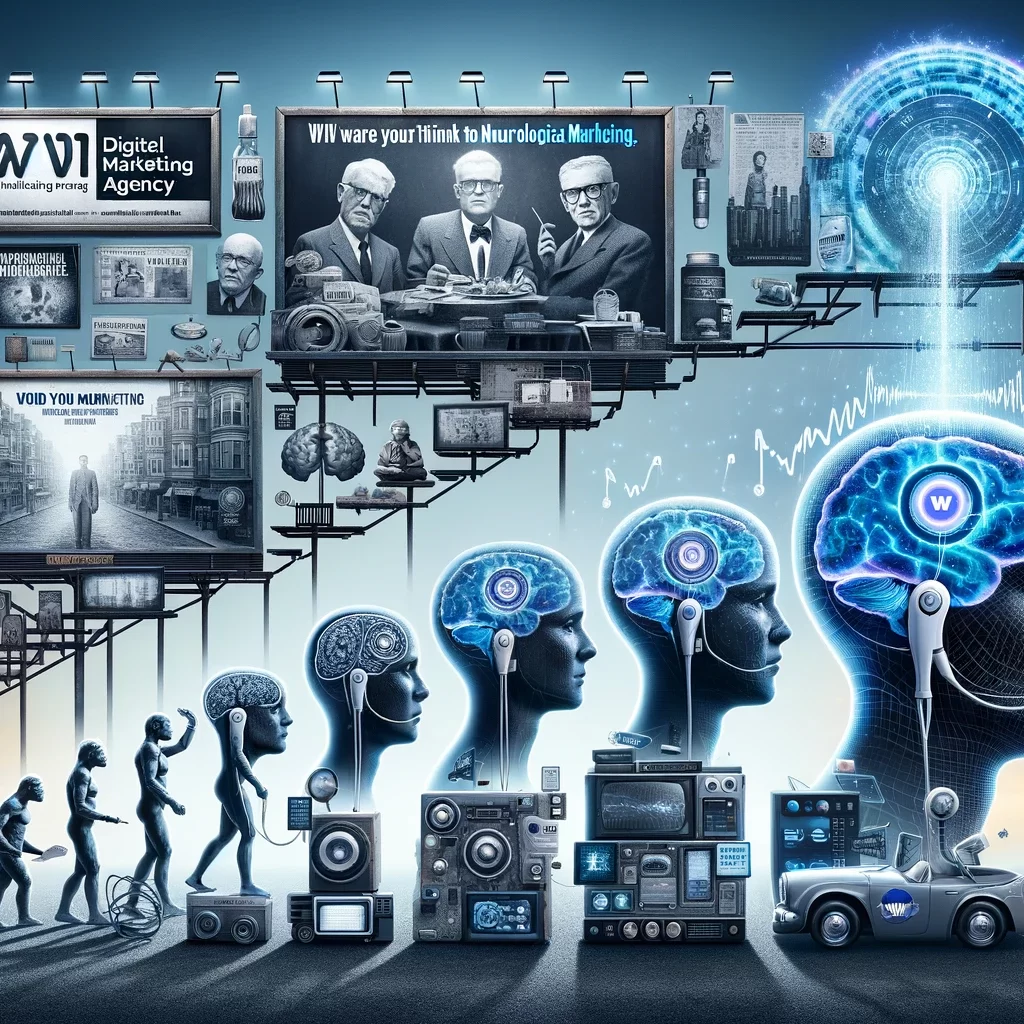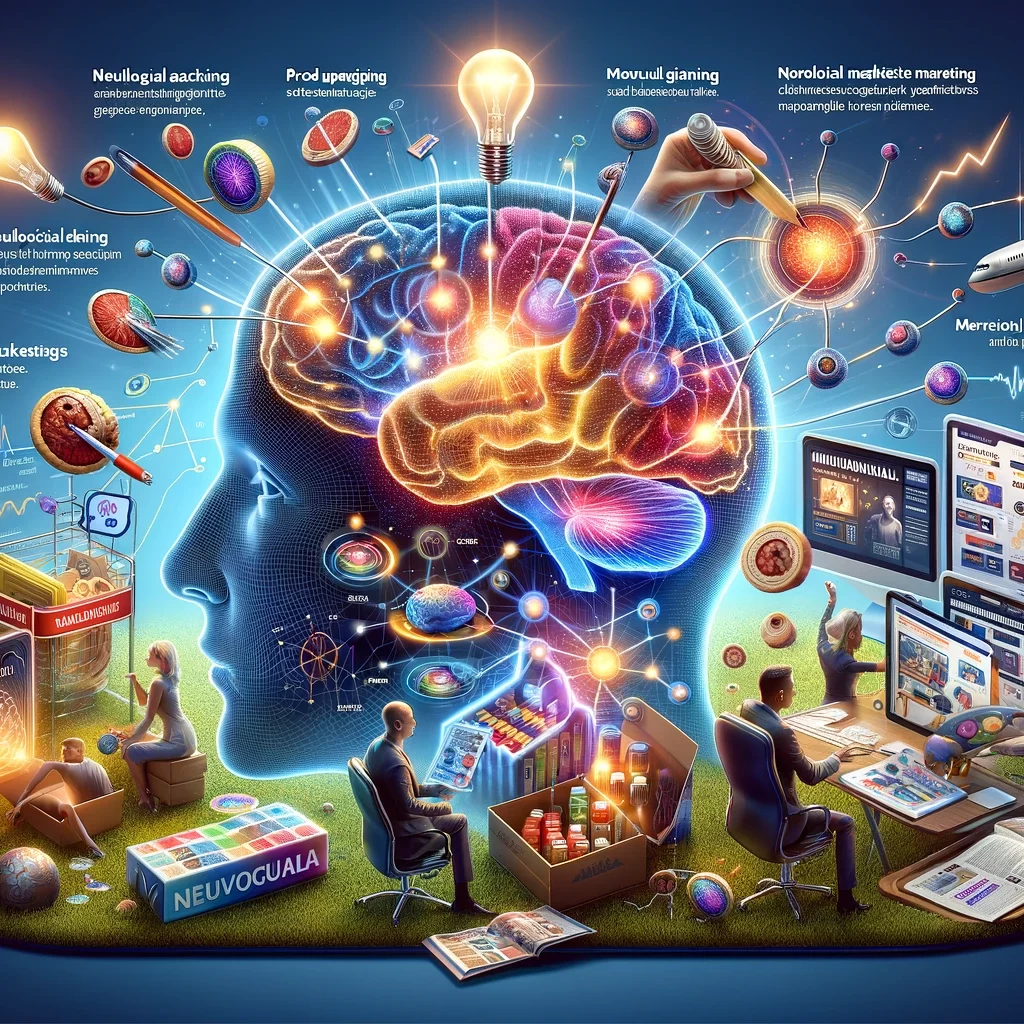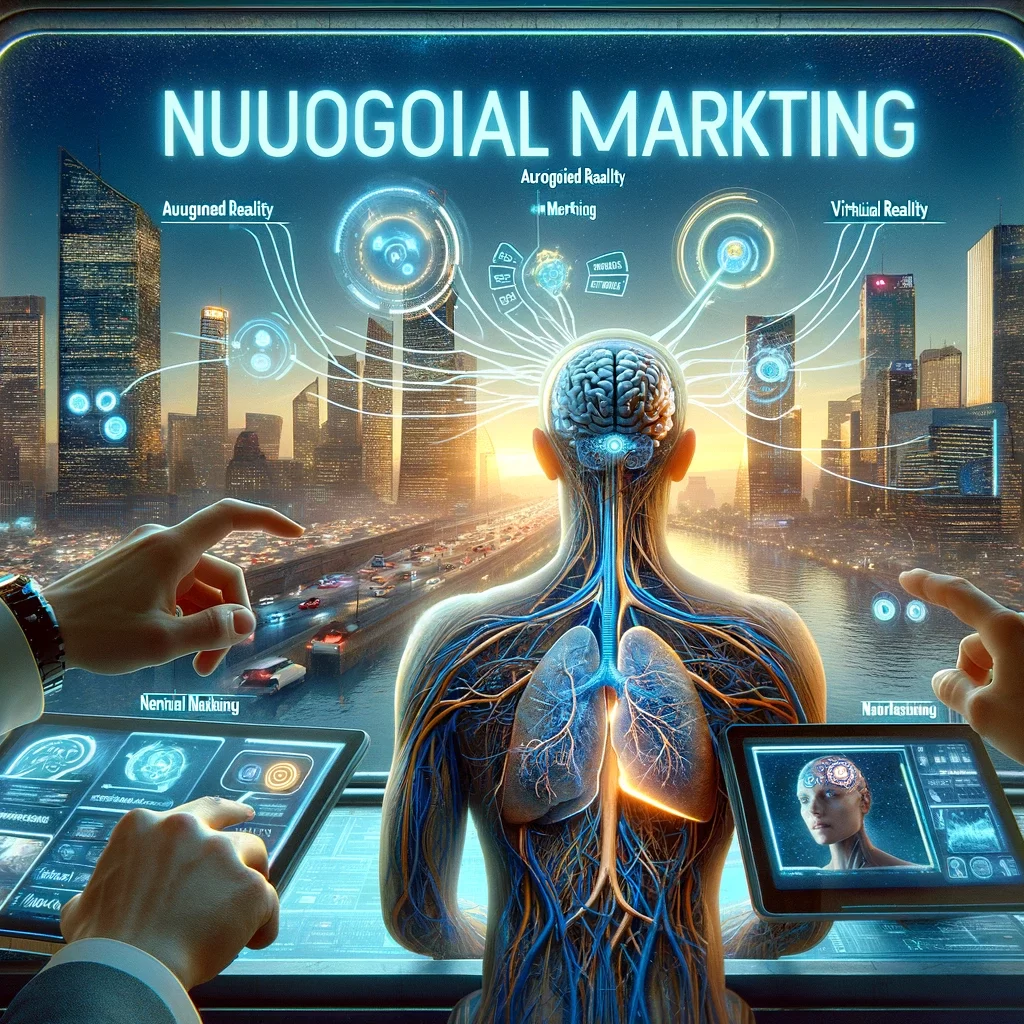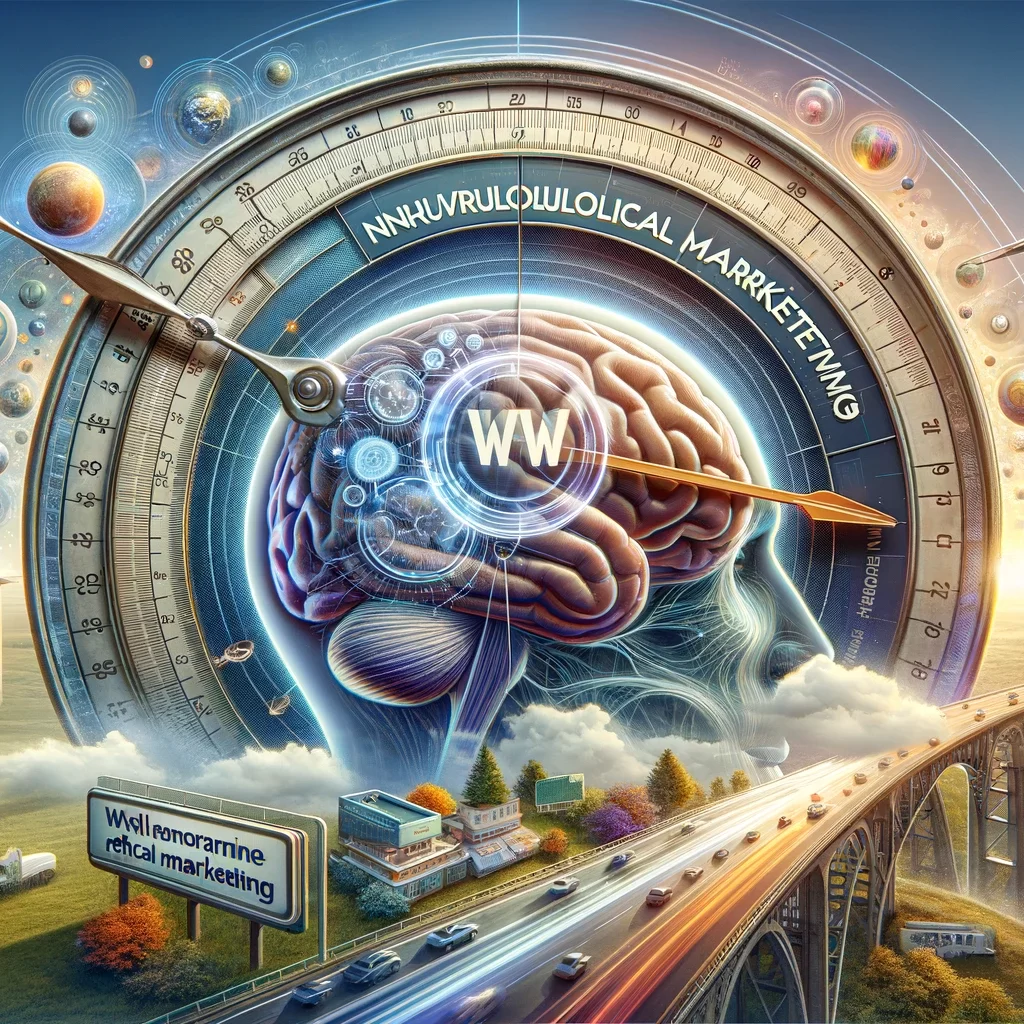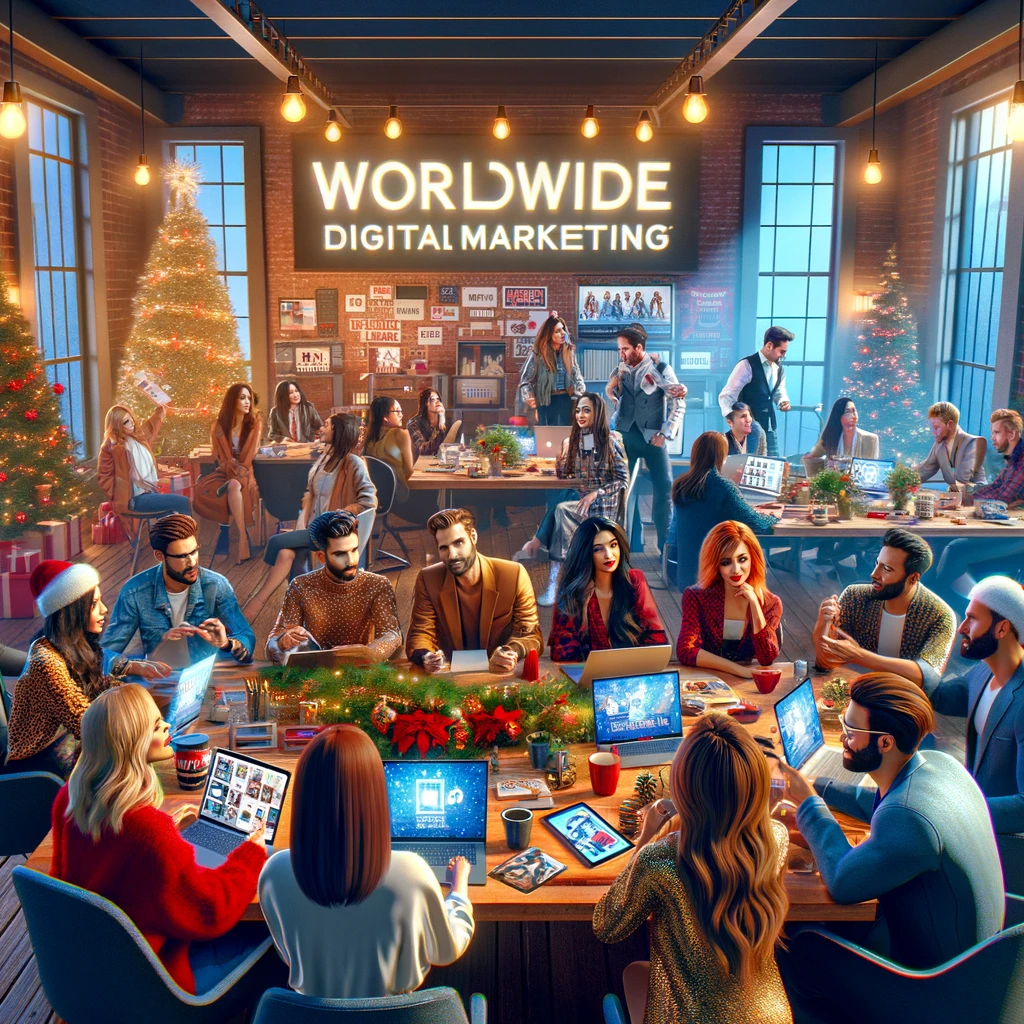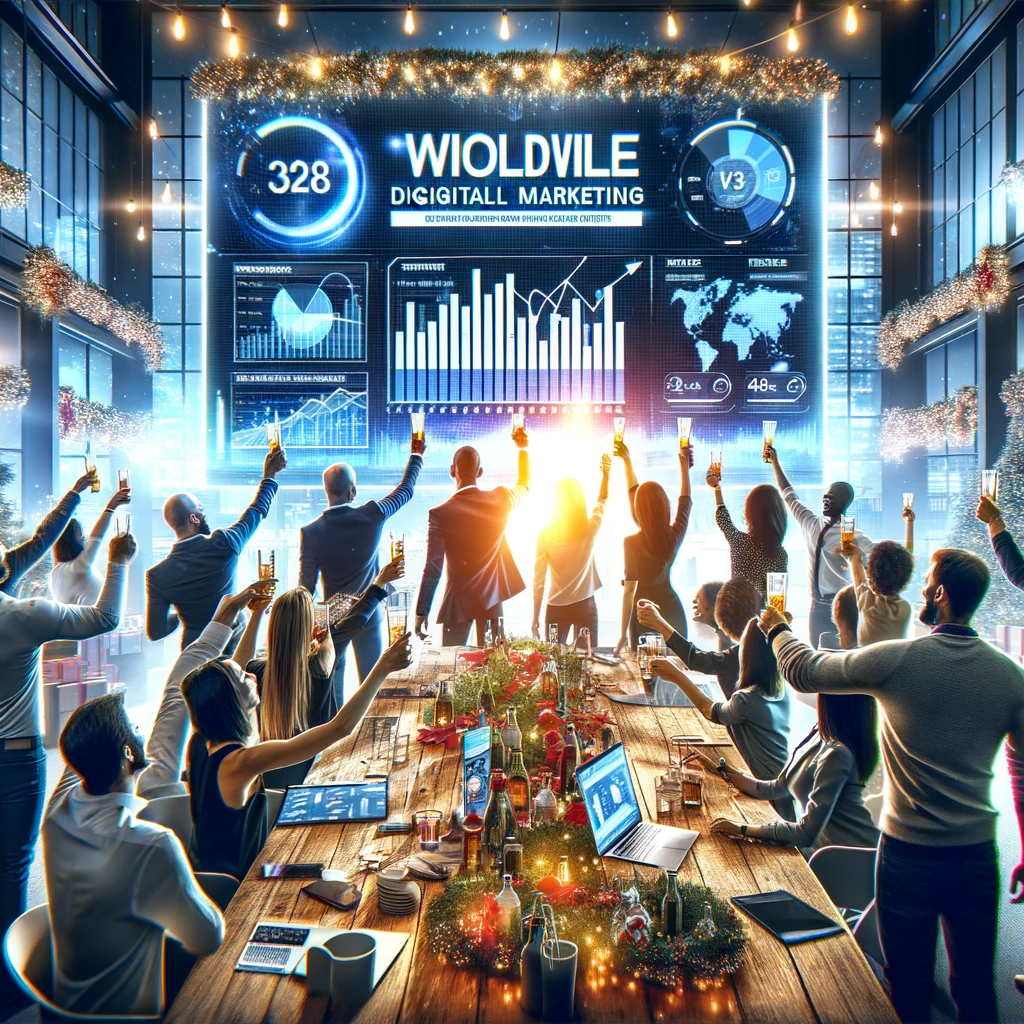
In the fast-paced digital era, where over 1.7 billion websites vie for attention, the importance of Search Engine Optimization (SEO) cannot be overstated. SEO is the linchpin of digital marketing, a critical element that determines a website’s visibility, ranking on search engines, and, ultimately, its success. It’s a complex blend of art and science, requiring tools that can dissect the vast web landscape to optimize content, understand competition, and leverage opportunities.
However, the cost of premium SEO tools, which often come with hefty subscription fees, can be a prohibitive factor for many businesses, especially small to medium-sized enterprises (SMEs) and freelancers operating on tight budgets. This financial constraint has led to an increasing demand for effective, no-cost alternatives that can provide competitive insights and analytics without compromising quality.
Enter the realm of free SEO tools—your secret weapon in the digital battlefield. These tools are not just cost-effective; they are invaluable assets that can perform a variety of tasks, from keyword research and on-page optimization to backlink analysis and technical SEO audits. They demystify the SEO process, making it accessible to everyone, irrespective of their marketing budget.
Interestingly, the landscape of free SEO tools has evolved significantly over the years, with contributions from leading search engines like Google, innovative startups, and the open-source community. This democratization of SEO resources ensures that businesses and freelancers can maintain a competitive edge, understanding and adapting to the ever-changing algorithms that dictate search engine rankings.
The significance of these tools is backed by compelling statistics. For instance, research shows that the first five organic results on the first page of Google account for 67.6% of all the clicks. Meanwhile, websites that load in 5 seconds (vs. 19 seconds) see 70% longer average sessions. These figures underscore the critical need for effective SEO strategies and the tools that enable them.
What makes free SEO tools particularly appealing is their ability to offer a starting point for SEO newcomers, while also providing sufficient depth and complexity for seasoned professionals seeking to fine-tune their strategies. From analyzing website speed and mobile-friendliness to uncovering the keywords driving traffic to competitors, these tools offer a comprehensive suite of features designed to enhance your online presence.
As we dive into the “Top 29 Free SEO Tools for Your Website,” remember that the goal is not just to climb the search engine rankings but to understand the dynamics of online visibility. Each tool highlighted in this guide has been selected for its ability to provide actionable insights, helping businesses and freelancers not just to compete, but to thrive in the digital arena, without the financial strain.
Join us on this journey through the landscape of free SEO tools, and discover how you can leverage them to not just survive, but to excel in the digital age. Welcome to “Master SEO Without Breaking the Bank.”

Keyword Research Tools
In the arsenal of SEO, keyword research tools are akin to the navigators of the high seas, guiding marketers through the vast expanse of digital content to find the golden treasures of visibility and engagement. The year 2024 sees a plethora of sophisticated tools available at no cost, designed to hone in on what your audience seeks, align your content with user intent, and outmaneuver competitors in the race for the top spot in search engine results pages (SERPs).
Google Trends
Google Trends remains an unparalleled tool for capturing the pulse of global interest. It’s not just about what people are searching for; it’s about understanding the zeitgeist—the shifting trends and topics that captivate audiences worldwide. By analyzing search query data over time, Google Trends offers insights into seasonal peaks, emerging phenomena, and the ebb and flow of interest in specific subjects. This tool is indispensable for marketers aiming to stay ahead of the curve, allowing for the strategic timing of content and campaigns to coincide with peak interest levels.
Google Ads Keyword Planner
Originally designed for pay-per-click (PPC) campaign planning, the Google Ads Keyword Planner has proven equally valuable for organic search optimization. It serves as a mine of information on keyword volumes, competition intensity, and potential cost per click (CPC), providing a foundation for both PPC and SEO strategies. By entering phrases or URLs related to your business, the Keyword Planner reveals the keywords you should be targeting to attract the most relevant traffic, making it an essential tool for refining your keyword list.
Rank Tracker
Rank Tracker steps up the game by offering a multi-faceted approach to keyword research and tracking. This tool doesn’t just identify the keywords your website ranks for; it delves into a wealth of keyword suggestions using over 20 different research methods. By evaluating keywords based on metrics like search volume, difficulty, CPC, and PPC, Rank Tracker equips you with the data to estimate keyword potential accurately. Furthermore, it provides location-based rankings for any search engine, offering invaluable insights for geo-targeted SEO campaigns.
Keyword Gap Analysis Tool
The Keyword Gap Analysis Tool is your key to uncovering missed opportunities. By comparing your keyword profile with those of up to five competitors, this tool identifies the gaps in your strategy—keywords for which your rivals rank but you don’t. This analysis is crucial for pinpointing weaknesses in your content and uncovering new avenues for optimization, helping you to capture traffic that might otherwise go to your competitors.
People Also Search For
Understanding user intent is pivotal in crafting content that satisfies user queries. The “People Also Search For” feature, available in various SEO tools, sheds light on the broader context of searches, revealing related queries and topics. This insight allows content creators to expand their keyword targeting, ensuring their content addresses the range of user interests and questions related to their primary keywords.
SEO Search Keyword Tool & Soovle
For those in pursuit of long-tail keywords—specific, less competitive search queries that can drive targeted traffic—tools like the SEO Search Keyword Tool and Soovle are invaluable. These tools expedite the discovery of long-tail phrases across different platforms, including Google, Bing, YouTube, and Amazon. By tapping into a wider array of sources for keyword inspiration, marketers can uncover niche queries that offer a clearer path to visibility and engagement.
In 2024, these free keyword research tools are more than just aids; they are vital components of a successful SEO strategy, enabling marketers to navigate the complexities of search behavior and competition. Leveraging these tools effectively can transform the daunting task of keyword research into a strategic advantage, leading to content that resonates with audiences and ranks well in search results.

Content Creation Tools
In the realm of digital marketing, the axiom “Content is King” continues to hold its ground firmly into 2024. However, crafting content that resonates with audiences while satisfying the stringent demands of search engine algorithms requires more than just creativity; it demands precision, optimization, and a deep understanding of SEO. Fortunately, a suite of free content creation tools is available, equipping marketers and writers with the capabilities to produce high-quality, SEO-friendly content without the financial burden.
ChatGPT
ChatGPT, an AI-powered marvel, has revolutionized content creation by offering an ability to generate text across a variety of formats, from blog posts and articles to social media updates. Its machine learning foundation enables it to understand and respond to user prompts with relevant, coherent, and surprisingly human-like text. For SEO purposes, ChatGPT can be fine-tuned to incorporate specific keywords, ensuring the produced content is not only engaging but also optimized for search engines. Its versatility and efficiency make it an indispensable tool for content creators operating on a budget.
Gemini
Introduced by Google, Gemini is another AI model that has made waves in the SEO community. Designed with a focus on creating SEO-friendly content, Gemini understands the nuances of search trends and user behavior, guiding users to integrate relevant keywords naturally within their content. This tool leverages Google’s extensive data on search queries, offering suggestions that can enhance content relevance and improve its visibility in search results. Gemini represents Google’s commitment to supporting content creators in their quest to align with best SEO practices.
WebSite Auditor’s Content Editor
The WebSite Auditor’s Content Editor stands out by providing a comprehensive environment for creating and optimizing web content. It goes beyond mere keyword suggestions, offering a SERP analysis-based approach to content creation. By analyzing the top-ranking pages for any given keyword, it identifies the key elements that contribute to their success, from the use of specific terms to the structure of the content. This tool then provides actionable recommendations to emulate these successful elements, enabling creators to craft content that is primed for high rankings.
Hemingway App & Grammarly
Grammar and style are fundamental to the readability and professionalism of any piece of content. The Hemingway App and Grammarly are two tools that have become essential for writers seeking to refine their work. Hemingway focuses on enhancing readability, highlighting complex sentences and suggesting simpler alternatives. Grammarly takes a broader approach, offering real-time grammar, punctuation, and style corrections. Together, they ensure content is not only SEO-friendly but also clear, engaging, and accessible to all readers.
Copyscape
In the digital world, originality is non-negotiable. Copyscape provides a simple yet effective solution for detecting duplicate content across the web. By entering a URL or a piece of text, users can quickly ascertain if the content has been published elsewhere, safeguarding against plagiarism and potential SEO penalties. For content creators, Copyscape is a vital tool for maintaining the integrity and uniqueness of their work, ensuring it stands out in the crowded online space.
These free tools collectively offer a powerful arsenal for content creators aiming to produce high-quality, SEO-optimized content in 2024. By leveraging AI for content generation and optimization, ensuring grammatical excellence, and upholding originality, creators can not only meet but exceed the expectations of both search engines and their audiences.

SERP Snippet Optimization Tools
In the intricate ballet of SEO, the performance of your SERP (Search Engine Results Page) snippet plays a pivotal role in captivating the audience at first glance. As we journey through 2024, the importance of crafting concise, compelling snippets that beckon to potential visitors from the vast sea of search results has never been more pronounced. It’s a nuanced art form, where every character counts and clarity can make the difference between a click and a scroll-past. Fortunately, a suite of free tools stands ready to assist in this meticulous task, ensuring your content not only ranks but also resonates.
Google SERP Snippet Optimizer
The Google SERP Snippet Optimizer emerges as an essential ally in the quest for perfect snippets. This tool offers a preview pane to test and tweak how your web pages appear in Google’s search results. By inputting your intended title, meta description, and URL, you can instantly see how your snippet might look to someone conducting a relevant search. This immediate feedback allows for fine-tuning, ensuring your snippets are not only accurate but also enticing, fitting within the character limits imposed by Google’s format. It’s a direct line to optimizing your first digital impression.
Word Counter & Case Converter
In the economy of online attention, brevity and readability reign supreme. The dual forces of Word Counter and Case Converter tools are indispensable in this domain. Word Counter ensures your titles and meta descriptions stay within the optimal length, avoiding truncation in SERP displays. Simultaneously, the Case Converter aids in standardizing the text case, enhancing the aesthetic and functional appeal of your snippets. Whether you aim for title case to capture attention or prefer lower case for a more casual tone, these tools adapt your snippet’s presentation to match your strategic intent, bolstering its impact.
Rich Results Test
As search engines evolve, so too do the opportunities to stand out. Rich Results Test by Google is a forward-looking tool designed to evaluate a webpage’s eligibility for rich results. These enhanced snippets, featuring images, ratings, or other interactive elements, significantly increase visibility and click-through rates. By analyzing your page’s structured data, this tool identifies potential for such enhancements and guides you through the optimization process. It’s a window into the future of search, where engaging visuals and information-rich snippets dominate.
The fusion of these free tools provides a robust framework for SERP snippet optimization. In 2024, where digital real estate is fiercely contested, these instruments are not just helpful; they are essential. They empower creators to navigate the complexities of SEO with precision, ensuring that every snippet—every digital handshake with potential visitors—is as compelling, clear, and clickable as possible.

Website Audit Tools
In the digital landscape of 2024, the functionality and performance of a website are scrutinized more rigorously than ever before. As search engines evolve and user expectations rise, maintaining an optimized, efficient, and technologically advanced website is not just beneficial—it’s imperative. For businesses and freelancers alike, the quest for optimization can seem daunting, especially when faced with budget constraints. However, the digital age also brings a wealth of free resources designed to dissect and enhance every aspect of your website’s performance. Let’s explore the quintessential tools that enable a thorough website audit without stretching your finances.
Google Search Console & Google Analytics
No toolkit for website analysis would be complete without mentioning Google Search Console and Google Analytics. These powerhouse tools provided by Google offer unparalleled insights into your website’s performance directly from the search engine’s perspective. Google Search Console allows webmasters to monitor and maintain their site’s presence in Google search results, highlighting issues such as crawl errors, sitemap submissions, and indexing status. Meanwhile, Google Analytics dives deep into user behavior, providing data on how visitors find and interact with your site, from the pages they frequent to the duration of their stay. Together, these tools form the backbone of any website audit, offering actionable insights to drive strategic improvements.
WebSite Auditor
For those looking to delve deeper into on-page SEO, WebSite Auditor presents a comprehensive solution. This tool performs an exhaustive audit of your website, identifying a range of issues that could be hindering your SEO performance. From duplicate content and broken links to slow-loading pages and missing alt tags, WebSite Auditor uncovers the minutiae affecting your site’s ranking potential. Moreover, it provides detailed recommendations for corrective action, enabling webmasters to optimize their content and structure for both search engines and users.
Wappalyzer & Lighthouse
Understanding the technological backbone of your website is crucial in a web ecosystem driven by rapid technological advancements. Wappalyzer offers a peek under the hood, identifying the technologies used on your site—from content management systems and eCommerce platforms to analytics tools and frameworks. This insight is invaluable for ensuring your technology stack is up-to-date and compatible with best practices. On the other hand, Google’s Lighthouse tool focuses on the quality of your web pages, analyzing metrics related to performance, accessibility, SEO, and more. It provides a detailed report with recommendations for improvement, ensuring your site meets the latest standards for an optimal user experience.
Webpage Test & PageSpeed Insights
In an era where speed is of the essence, tools like Webpage Test and PageSpeed Insights are indispensable. Webpage Test allows you to test your site’s performance from different locations around the world, using real browsers and consumer connection speeds. It offers a granular view of what’s slowing your site down, from heavy images to inefficient code. PageSpeed Insights, meanwhile, zeroes in on the loading speed of your pages and how they can be optimized for faster delivery, crucial for keeping visitors engaged and reducing bounce rates.
The convergence of these free tools offers a formidable array of capabilities for conducting a thorough website audit. In 2024, leveraging these resources can significantly enhance your site’s performance, SEO, and user satisfaction—key metrics that influence your online success. With these tools at your disposal, mastering SEO and website optimization no longer requires a hefty investment, just a commitment to continuous improvement and an eye for detail.

Technical SEO and Link Management Tools
In 2024, the complexity of SEO continues to expand, incorporating an ever-wider array of technical requirements and strategic considerations. At the heart of this evolution lies the importance of technical SEO and link management—key areas that ensure a website is not only discoverable but also favorably evaluated by search engines. For businesses and digital marketers working within the constraints of tight budgets, the challenge is to leverage tools that can provide professional-grade results without the associated costs. Thankfully, the SEO community has access to an array of free tools designed to tackle these critical tasks efficiently.
XML Sitemaps Online Generator & Robots.txt Generator
The foundation of a search-engine-friendly website begins with its ability to be efficiently crawled and indexed. XML Sitemaps Online Generator simplifies this task by creating comprehensive sitemaps that guide search engines through the site’s structure, ensuring all important pages are discovered. Complementing this, the Robots.txt Generator helps webmasters create the robots.txt file—a directive that tells search engine bots which parts of the site to crawl and which to ignore. Together, these tools facilitate improved website visibility and indexing, acting as the groundwork for effective SEO.
Schema Markup Generator & Validator
As search engines strive to provide more relevant and rich results to users, the importance of structured data (or Schema markup) has soared. Schema Markup Generator empowers website owners to create this structured data markup easily, enhancing the way their pages are represented in search results. This can include anything from product information and reviews to events and FAQs. Once implemented, the Schema Markup Validator is crucial for ensuring that this data is correctly structured and free from errors, thereby maximizing the chances of achieving enhanced listings, such as rich snippets.
LinkAssistant & SEO SpyGlass
In the realm of SEO, the quality and relevance of backlinks continue to play a pivotal role in a site’s ranking potential. LinkAssistant offers a streamlined approach to link building outreach, helping users identify and connect with potential link partners. This tool simplifies the process of sending personalized outreach emails, tracking responses, and managing acquired links. On the flip side, SEO SpyGlass provides deep insights into a website’s backlink profile, revealing the strengths and weaknesses of its current links. This analysis includes the examination of competitor backlink strategies, offering a roadmap to improve one’s own link-building efforts.
Free Backlink Checker & Disavow Tool
Monitoring the health of your backlink profile is essential for maintaining SEO integrity. The Free Backlink Checker allows webmasters to conduct thorough audits of incoming links, identifying opportunities and flagging potentially harmful links. In instances where toxic backlinks are identified, the Disavow Tool becomes indispensable. It enables website owners to formally request that search engines ignore certain links, protecting the site from potential penalties associated with low-quality or spammy backlinks.
In 2024, mastering the technical aspects of SEO and managing a site’s link profile need not be a prohibitively expensive endeavor. Through the strategic use of free tools, businesses and marketers can effectively enhance their site’s technical SEO, build valuable links, and maintain a healthy backlink profile, all while keeping costs to a minimum.

Leveraging the Power of Free SEO Tools in 2024
As we navigate through the digital landscape of 2024, the significance of SEO in securing online visibility and driving website traffic remains unequivocal. Amidst the evolving algorithms and the competitive rush for the top SERP spots, the plethora of free SEO tools available presents a golden opportunity for businesses, freelancers, and digital marketers alike to refine their strategies without the burden of high costs. The essence of mastering SEO in this era is not encapsulated by the size of one’s budget but by the ability to adeptly utilize the resources at hand.
The tools discussed throughout this guide—from keyword research and content creation to SERP snippet optimization, website auditing, technical SEO enhancements, and link management—embody the comprehensive support system available for free. They provide actionable insights, automate complex processes, and guide strategy refinement, making SEO more accessible and manageable.
Integrating these tools into your SEO strategy can dramatically enhance your website’s performance, improving rankings and visibility in a way that aligns with your audience’s needs and search engines’ expectations. However, the journey doesn’t end with the adoption of these tools. The dynamic nature of SEO demands continuous learning, experimentation, and adaptation. As algorithms change and new trends emerge, staying informed and flexible will be key to leveraging SEO effectively.
Encouragement to Explore and Integrate
To those embarking or continuing on their SEO journey in 2024, the message is clear: the power to elevate your website’s performance and visibility lies within your reach, facilitated by an array of sophisticated yet free tools. We encourage you to delve into these resources, exploring their capabilities and integrating them into your SEO strategies. By doing so, you’ll not only optimize your website’s performance but also deepen your understanding of SEO’s multifaceted nature.
The path to SEO mastery is iterative, filled with both challenges and opportunities. By leveraging the top 29 free SEO tools for your website, you’re equipped to navigate this path more effectively, ensuring your digital presence is both prominent and resilient. Remember, in the vast digital expanse, visibility is not solely a matter of chance but a result of strategic, informed action.
Let the exploration of these tools mark the beginning or the next phase of your SEO journey, as you strive for greater visibility and success in the digital realm. The digital landscape is vast, but with the right tools and strategies, your website can stand out, attract, and engage the audience it deserves.
WW Digital Marketing Agency remains your ally in this endeavor, committed to providing insights, guidance, and support as you harness the power of free SEO tools to achieve your digital marketing goals.

Share Your Journey Towards SEO Mastery
As we wrap up our exploration of the top 29 free SEO tools for your website in 2024, we recognize that the journey toward mastering SEO is both continuous and collaborative. The digital landscape is ever-evolving, with new tools, strategies, and insights emerging at a rapid pace. It is through sharing our experiences, successes, and even the stumbling blocks that we foster a community of learning and innovation in SEO practices.
Your Voice Matters
We invite you, our valued readers, to become an integral part of this ongoing dialogue. Your insights and experiences with the SEO tools we’ve discussed are invaluable, not just to us at WW Digital Marketing Agency but to the broader digital marketing community. Have you discovered novel ways to leverage these tools for your SEO efforts? Perhaps you’ve encountered challenges and found creative solutions to overcome them. Or maybe you’ve stumbled upon other free SEO tools that have become indispensable in your toolkit.
Sharing Is Growing
By sharing your stories, you contribute to a collective pool of knowledge that can inspire and guide others on their SEO journey. Whether you’re a seasoned SEO strategist or someone just starting to navigate the complexities of search engine optimization, your perspective is unique and can shed light on the diverse ways these tools can be applied across different industries and websites.
How to Share
We encourage you to share your experiences, suggestions, and recommendations in the comments section below, on social media, or through direct engagement with our team. Not only does this foster a sense of community, but it also creates opportunities for learning and growth that extend far beyond the confines of any single article or guide.
The Path Ahead
As we look to the future, the landscape of SEO will undoubtedly continue to change. But with change comes opportunity—the opportunity to learn, to adapt, and to excel. By sharing our experiences and insights, we empower not just ourselves but also those around us, paving the way for success in the digital realm.
Together, let’s continue to explore, to experiment, and to elevate our SEO strategies. Your journey towards SEO mastery is unique, and we can’t wait to hear about it.
WW Digital Marketing Agency is here to support, guide, and celebrate your SEO achievements. Join us in this collaborative journey towards digital excellence, and let’s master SEO without breaking the bank.


